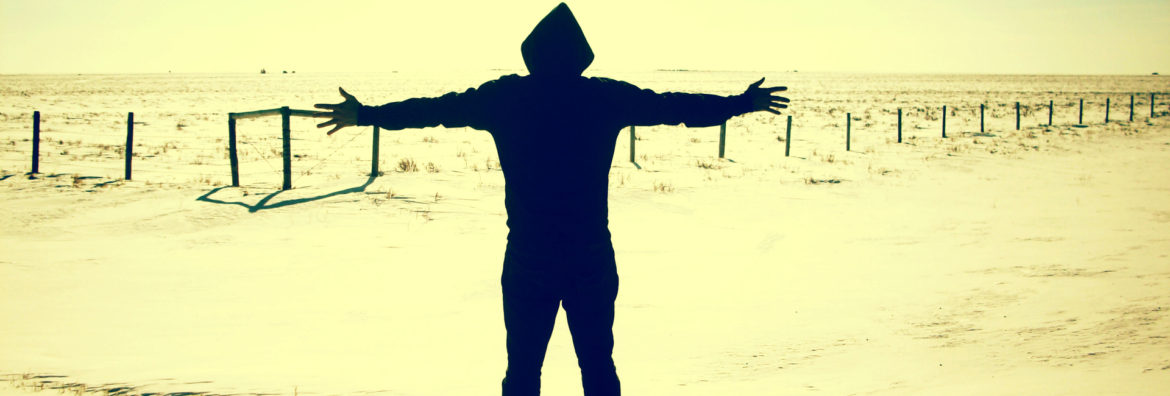This is part two of four in a series for the ‘socially challenged’ called The Anatomy of a Conversation. It aims to shed light on what a ‘typical’ conversation with a stranger is like. Also check out the Introduction, Part Three: Threading, and Part Four: Closing.
—
If you have ever struggled with starting conversations, you can likely relate to the following:
1. You are near a cute guy or girl, someone influential in your office you’d like to connect with, or are otherwise in a situation where it could be awkward if nobody talks (e.g., an elevator).
2. You get the gist that the other person isn’t going to make the first move, so you open your mouth to say something, and. . .you freeze.
3. All you can think to yourself is, “. . .what the hell should I say?”
4. While you are struggling to find the perfect opening words, the person walks away, and the opportunity is lost.
5. Feelings of guilt and shame follow–you’re convinced they now think you’re awkward and unsociable.
—
For me, the secret to becoming more socially successful was getting that word ‘should’ out of my head and realizing that there was no ‘supposed to’ in social situations.
Trying to figure out the ‘right’ thing to say was paralyzing to me for a long time. I admired people who could go up to anyone and say anything–I was convinced they had some sort of social secret they weren’t letting me in on or were born with a gene that I didn’t possess.
While one could argue that each of these scenarios has a set of ‘social norms’ that are and aren’t acceptable, I believe the scope of acceptability is much broader than most people think. I would also argue that, within reason, pushing the boundaries of these norms is often more beneficial than detrimental.
Thankfully, at some point I learned that much more important than the first sentence or question that came out of my mouth was the energy and intent behind it.
I discovered that when I committed to starting a conversation and had a friendly, open, and unhesitating disposition, the other person would almost always reciprocate in the conversation, regardless of what I said (within reason). And if they didn’t, it was never worth beating myself up over–for all I knew, they could be going through a breakup, didn’t feel like talking, or might simply be caught off guard:
Think about how many times you’ve been standing in line at the store (or wherever) and someone has tried to start a conversation with you. You didn’t necessarily mind, but because it was unexpected and you were deep in thought, you were unable to catch your mental ‘balance’ or think of anything to say. It’s not that you were annoyed with that person, you were just unable to think of a reply besides ‘yeah’. You may even have kicked yourself for not having anything to say back. It happens to everyone.
Be that person that sometimes catches others off guard.
Starting good conversations is almost entirely contextual–there is no real one-size-fits-all conversation opener. Learning what is effective when simply comes with practice, but once you learn to get out of your head and observe the world around you, the possibilities are infinite.
A t-shirt with the name of a city is an invite to inquire if that’s where they’re from; a pair of unique sneakers the perfect opportunity to ask where they were purchased; an uncommon piece of produce a chance to ask what they do with it in the kitchen.
And if nothing observable interests me, another thing that I like to do is simply refer back to what day of the week it is:
Monday: What did you do this weekend?
Tuesday: What’s your week like?
Wednesday: What have you had going on this week?
Thursday: Ready for the weekend? Big plans?
Friday: What are you getting into this weekend?
Saturday: What have you been up to this weekend?
Sunday: What did you do this weekend?
Notice that all of these require an actual answer—none of them are yes/no questions. While ‘How are you’ is always a nice preface to any conversation, it has become social conditioning in our society to answer this with merely “Good” and nothing else, regardless of how the person is feeling. ‘How are you?’ is akin to ringing a conversational doorbell with someone, and then being invited ‘in’ once they reply. 99% of the time that invite will come.
There is a fine line between being creepy and just being a naturally inquisitive person (again, most of this has to do with the energy and inner confidence you are projecting). You never want to seem like you are interviewing someone, but never forget that everyone’s favorite subject is themselves.
To quote Dale Carnegie:
You can make more friends in two months by becoming interested in other people than you can in two years by trying to get other people interested in you.
Other than learning to observe the world around you and to keep in mind that it’s all contextual, I am not going to get into any more specific openers in lieu of this post turning into 5,000 words. For some ideas of what I used in different scenarios to successfully complete the 90 Strangers in 30 Days project, check out the accompanying spreadsheet in this post. A quick search also yields countless helpful resources elsewhere online.
—
After some consistent practice, starting conversations becomes effortless the less you think and more you just live in the moment (I realize the irony of saying this in an overly-analytical post about something most probably never think about).
Many conversations (but certainly not all) are hollow–a way to past the time or serve the purpose of discovering if there is a connection between you and the other person. Get it out of your head that every conversation should feel like one with an old friend. They won’t, and the truth is more of the population than you would think is uncomfortable with starting conversations.
Essentially, other people are waiting for you to talk first. And it doesn’t matter so much what you say, but how you say it.
—
So you’ve successfully started a conversation. . .now what? Check back next week for Part 3: Threading.






